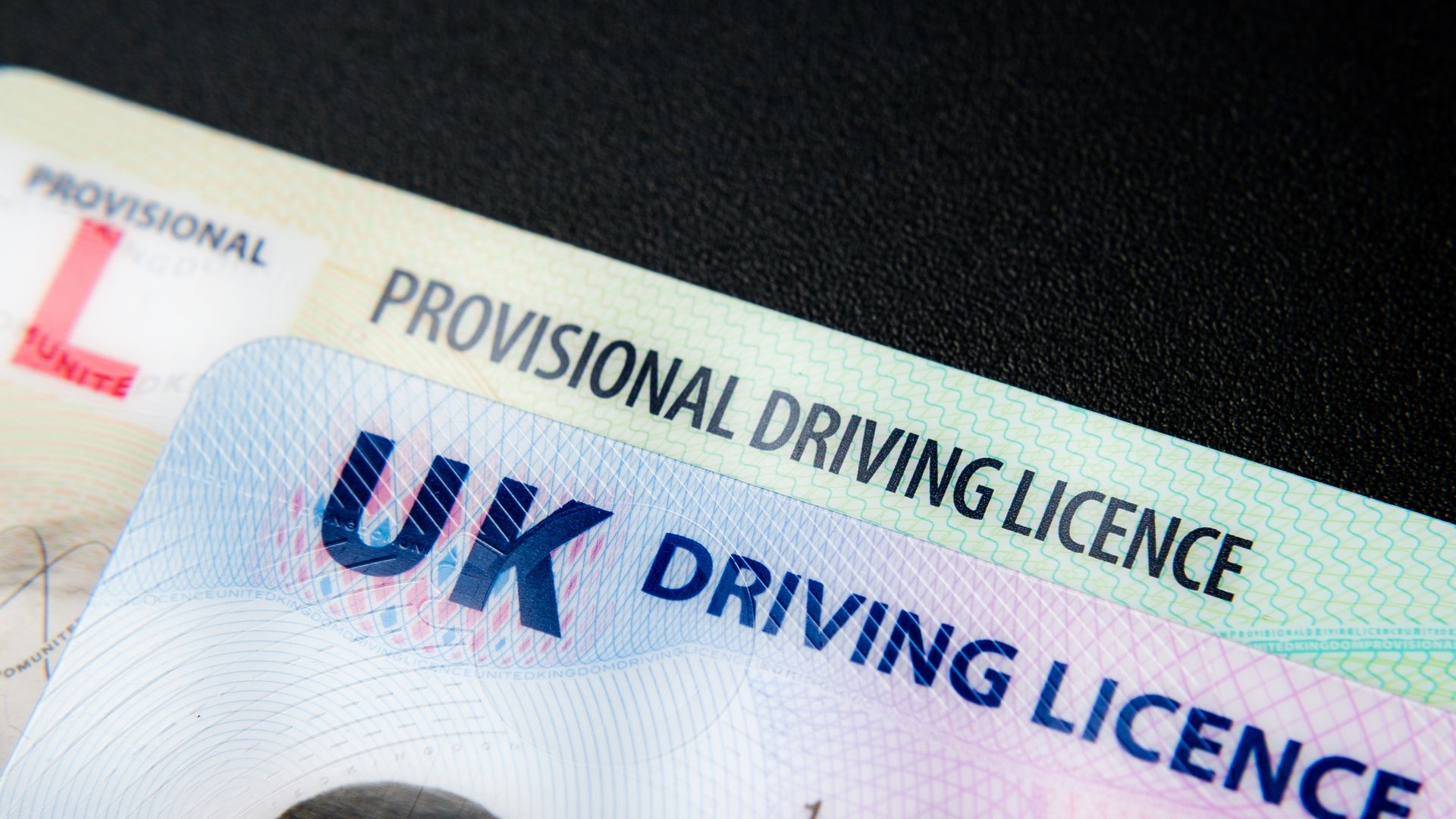
This story was originally published in May 2020.
Watering is one of the most important parts of gardening. If you are a first-time gardener, it can be difficult to tell if you are watering your plants enough — or too much, as the case may be. Figuring this out, though, is essential to the health and output of your plants.
Kate Garland, horticultural specialist at the University of Maine Cooperative Extension, said that plants may be more forgiving of too much or too little watering depending on whether you are gardening in the ground, in a raised bed or in a container.
“When you’re gardening in the ground — and I include raised beds in that situation — it’s typically a lot more forgiving because your moisture can migrate to other places away from the roots pretty easily,” Garland said. “You tend to not have as many situations where you’re overwatering. Container gardening, especially early in the season there is a risk, even if you have drain holes in your pots.”

There are a few signs of overwatering that you can watch out for in your garden.
“Yellowing of leaves is really a common one,” Garland said. “That’s showing that you’re leaching a lot of the nutrients right out of the soil. Your plants might not have a robust root system because of that. Sometimes the symptoms almost look like drought systems because plants can’t take up the water that’s there.”
Underwatering has signs, too, but plants can recover more quickly from a little dryness.
“Definitely you’ll see wilting leaves in a lot of cases,” Garland said. “Plants can recover pretty readily from experiencing wilting leaves. You don’t want it to happen very regularly in your plants but it’s not the end of the world if your plants are a little underwatered occasionally. Overall, it will reduce your yield.”
Underwatering can be more of a problem in container gardens, though.
“In the case of certain crops you may get blossom end rot in container gardens or well-drained gardens, [where] plants aren’t able to take up calcium, which is really important for developing fruit,” she said. “For container gardens, it can be really helpful to mulch [with an] extra layer of compost on top or straw [to] encourage more consistent soil moisture.”

The best technique, regardless, is to water deeper and less frequently.
“Less frequent, deep waterings are preferred,” Garland said. “That will help the plants establish a deeper root system. If you do frequent, shallow watering, they will have a more shallow root system.”
A good rule of thumb for growing plants, Garland said, is to water at least one inch deep per week. She has a test that she likes to use: the finger test.
“After I water, just stick my finger in a little ways just to see if I have soaked through to at least that depth for young seedlings,” Garland said. “Root system of established plants is usually in the top six to eight inches.”
Once you have figured out how long it takes to water to that depth, you can start going by time instead of measuring. For children’s gardening classes that she used to teach, Garland said that she would tell kids to sing the ABCs three times as they watered their raised beds.
“Once you know how long it takes you to do it and get a good deep watering you can maybe time yourself instead of doing a finger test every time and do it that way,” Garland said. “It’s hard to give a blanket statement. It depends on your water pressure basically.”

Garland also recommended buying a rain gauge for your garden to get a sense of how much watering nature is accomplishing at any given time.
“Most people are really surprised at how little rain we typically get,” Garland said. “It oftentimes is only a tenth to a quarter of an inch per rain event. Supplemental water is typically needed for most gardens. [Plus,] it seems to be a dry season so far. I’m not a meteorologist or anything but I’m surprised how dry the soils are already.”
For container gardens, you can also tip your pot to gauge how much water has been added by weight.
“If it’s a smaller pot you can tip the pot a little bit,” Garland said. “You get to know the weight of the pot and how much a well-watered pot will weigh. Even if you’re lazy and in a hurry, tip it over with your foot a little bit.”










